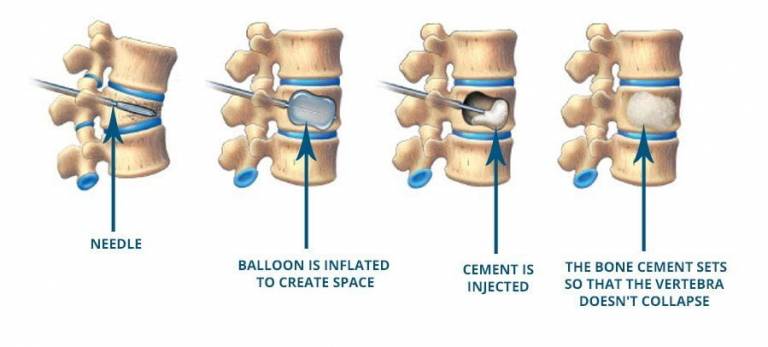BOLAND OSTEOPOROSIS CENTRE UPGRADING OF SCAN FACILITY
We are now able to perform and analyse WHOLE BODY SCANS and generate reports on fat mass, lean tissue mass, visceral fat, and regional analysis of fat distribution in your body. This information can be valuable in determining treatment strategies for patients with metabolic syndrome.
Metabolic syndrome is a cluster of conditions, including abdominal obesity, high blood pressure, high blood sugar, and abnormal cholesterol levels, that collectively increase the risk of cardiovascular disease, type 2 diabetes, and other health issues.
Here’s how the information from body composition analysis can be utilized in the treatment of patients with metabolic syndrome:
Targeted Lifestyle Interventions:
• Fat Mass and Visceral Fat: Individuals with metabolic syndrome often have excess fat, particularly visceral fat around the abdomen. Targeting weight loss, especially reduction in visceral fat, through lifestyle interventions such as diet and exercise can be crucial. Visceral fat is metabolically active and is associated with insulin resistance and inflammation.
• Lean Tissue Mass: Preservation or enhancement of lean tissue mass is important. Resistance training and adequate protein intake can help preserve or build lean muscle mass, which is associated with improved metabolic health.
Nutritional Guidance:
• Regional Analysis of Fat Distribution: Understanding how fat is distributed in different regions of the body can guide nutritional recommendations. For example, targeting abdominal fat may involve dietary strategies that promote overall fat loss, reduce calorie intake, and improve the quality of the diet.
Cardiometabolic Risk Assessment:
• Fat Mass: Excessive fat mass is a risk factor for metabolic syndrome. Monitoring changes in fat mass over time can provide feedback on the effectiveness of interventions and help guide adjustments to treatment plans.
• Visceral Fat: Elevated visceral fat is particularly associated with insulin resistance and an increased risk of cardiovascular disease. Targeting visceral fat reduction can be a specific goal in the management of metabolic syndrome.
Physical Activity Recommendations:
• Lean Tissue Mass and Fat Mass: Physical activity is a key component of metabolic syndrome management. Exercise, particularly a combination of aerobic and resistance training, can help reduce fat mass, improve insulin sensitivity, and positively influence body composition.
Medication Management:
• Visceral Fat and Metabolic Parameters: In some cases, medications may be prescribed to manage specific components of metabolic syndrome, such as hypertension, dyslipidemia, or elevated blood sugar. The information from body composition analysis can aid in monitoring treatment effectiveness.
Individualized Treatment Plans:
• Regional Analysis: Recognizing that fat distribution can vary among individuals, tailoring treatment plans to the individual characteristics of each patient can enhance effectiveness. For instance, focusing on abdominal fat reduction for those with central obesity may be a priority.
In summary, body composition analysis provides valuable insights that can be used to develop personalized and targeted treatment plans for patients with metabolic syndrome. Lifestyle interventions, nutritional guidance, physical activity recommendations, and, when necessary, medication management can all be informed by a thorough understanding of the patient’s body composition profile. Additionally, ongoing monitoring of changes in body composition allows for adjustments to treatment strategies based on individual responses and progress. It’s important for healthcare providers to work closely with patients to develop sustainable and effective interventions that address the specific needs identified through body composition analysis.
Speak to your healthcare provider about the benefits on how a DXA whole body examination can be used to improve your health situation.









